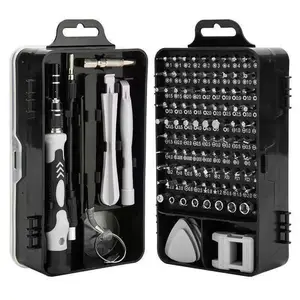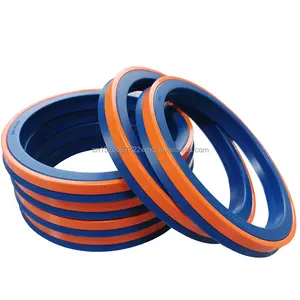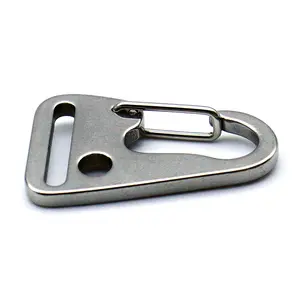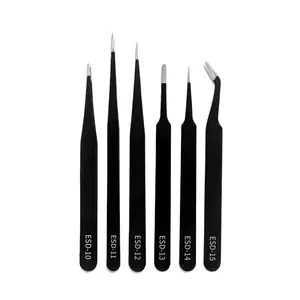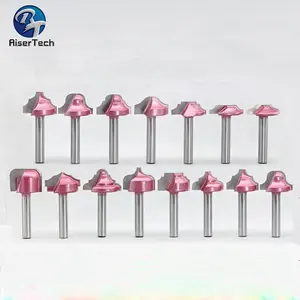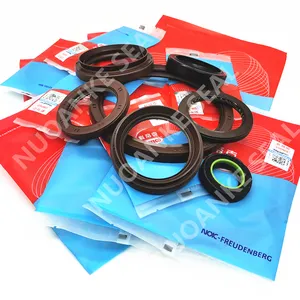Popular in your industry



























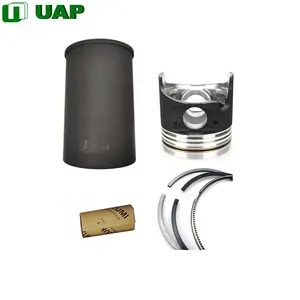




































































































































































Top categories
About chain cylinder kit
Introduction to Chain Cylinder Kits
Chain cylinder kits are integral components in the realm of mechanical tools, designed to meet the diverse needs of tree maintenance and woodcutting tasks. These kits are essential for professionals in forestry, landscaping, and garden management, providing a comprehensive solution for cutting and pruning activities.
Types and Applications
There are various types of chain cylinder kits tailored to different applications. Some are optimized for lightweight, occasional cutting, while others are built for heavy-duty, frequent use. Their applications range from trimming delicate branches to felling substantial trees, ensuring there is a suitable kit for every level of arboricultural work.
Design and Efficiency
Modern chain cylinder kits are the product of significant technological advancements, boasting designs that enhance user efficiency. These kits are engineered to balance power and ease of use, ensuring that they deliver on performance without excessive energy consumption. This efficiency is beneficial both for operational costs and environmental impact.
Materials and Durability
The construction of chain cylinder kits involves high-grade materials that promise durability. This robust build quality ensures that the kits can withstand the rigors of their intended use, from simple pruning to the more demanding task of tree felling, across multiple seasons.
Features and Advantages
A key advantage of contemporary chain cylinder kits is their enhanced safety features. These kits are designed to minimize kickback and have critical components strategically placed to reduce the risk of burns during operation. Additionally, their ergonomic designs facilitate prolonged use with reduced operator fatigue.
Environmental and Cost Considerations
The latest chain cylinder kits reflect a commitment to environmental responsibility, with features that ensure lower emissions and reduced energy consumption. This not only helps in preserving the environment but also translates to cost savings for the user, as less fuel or electricity is required for operation.
